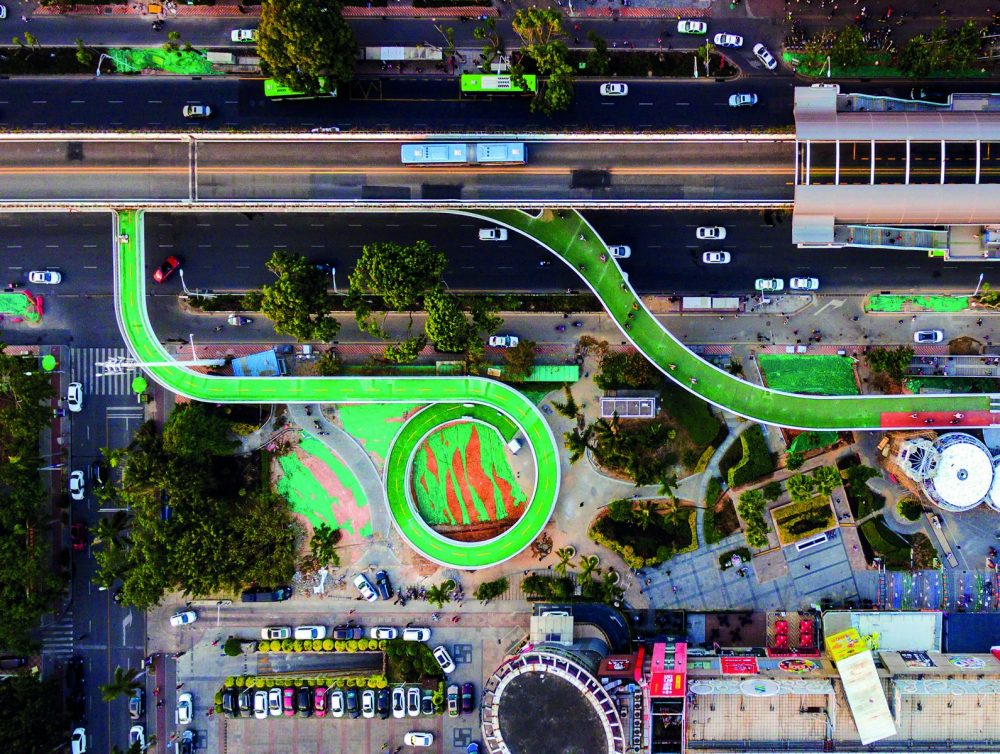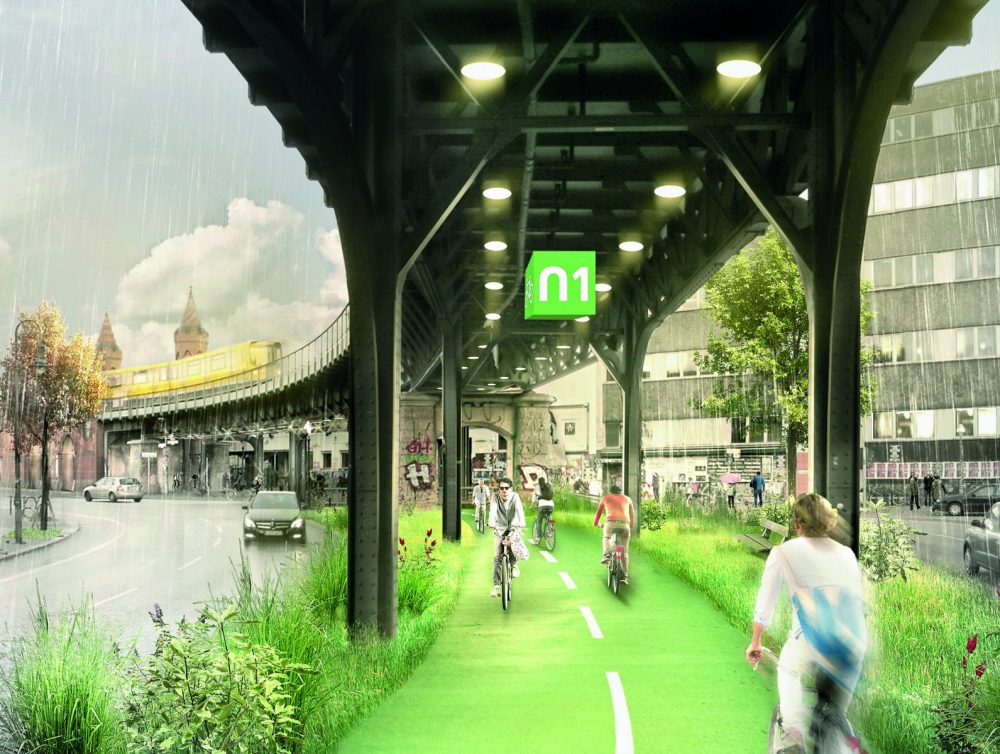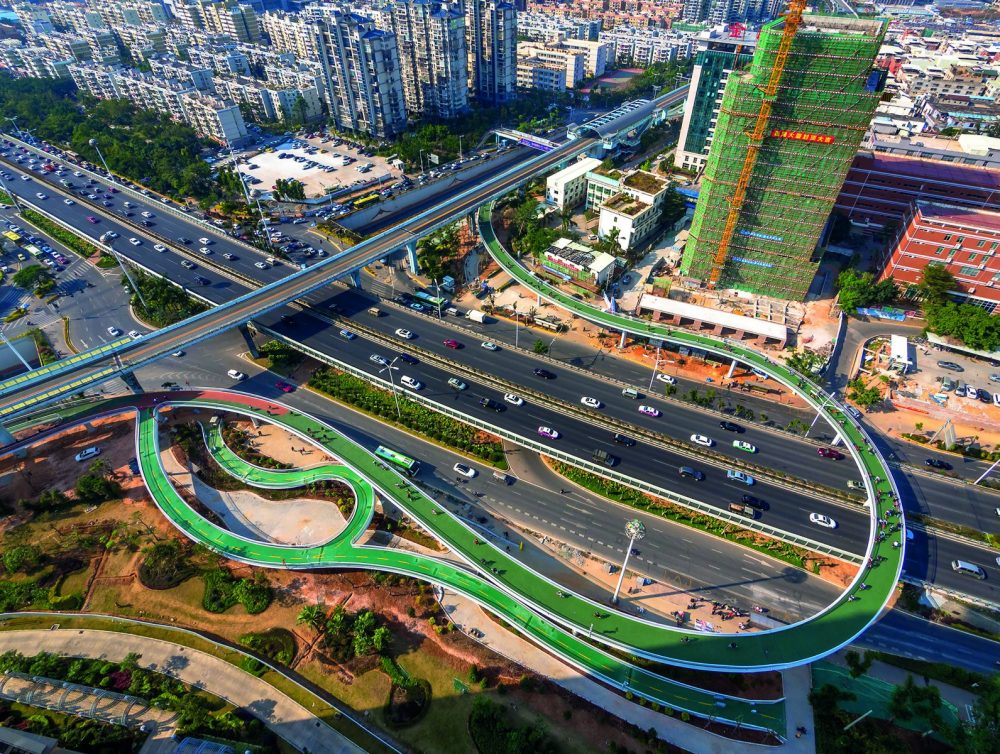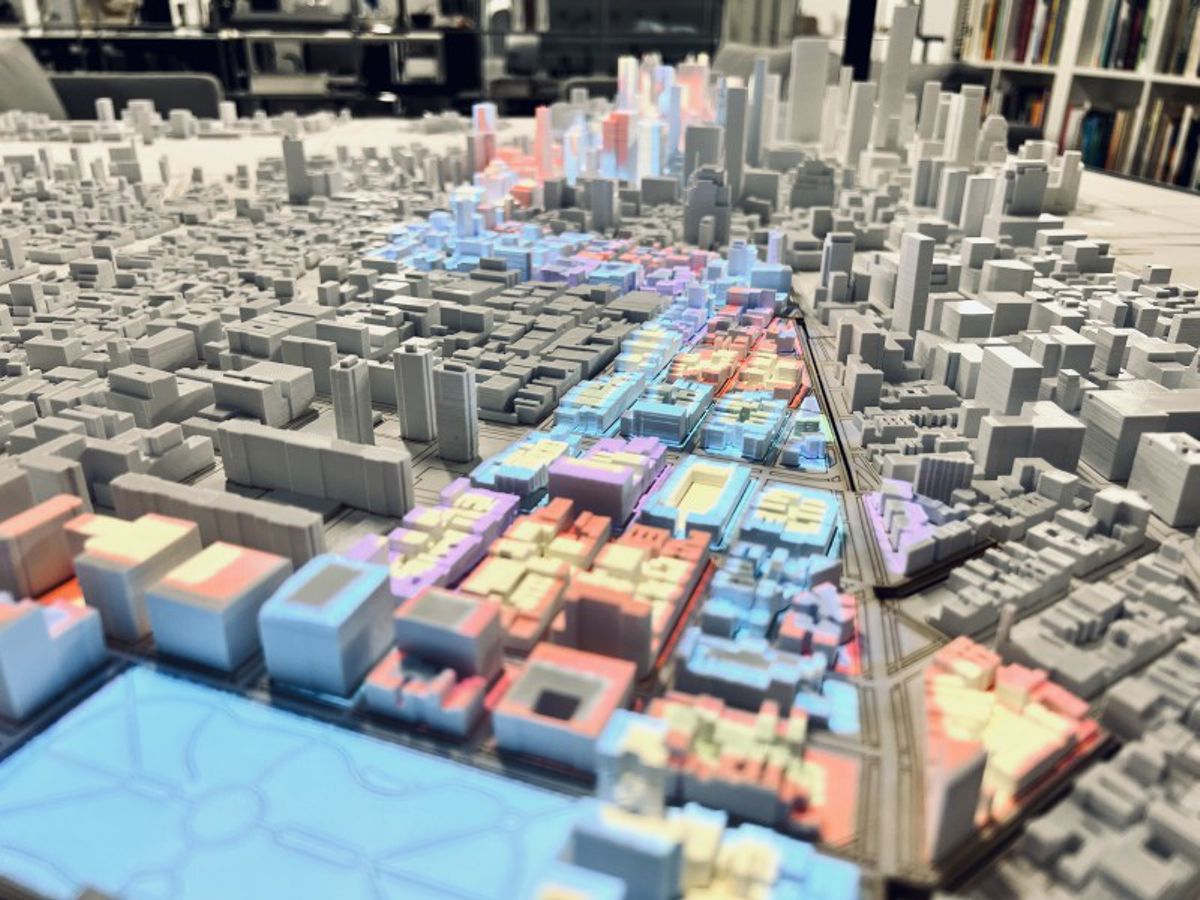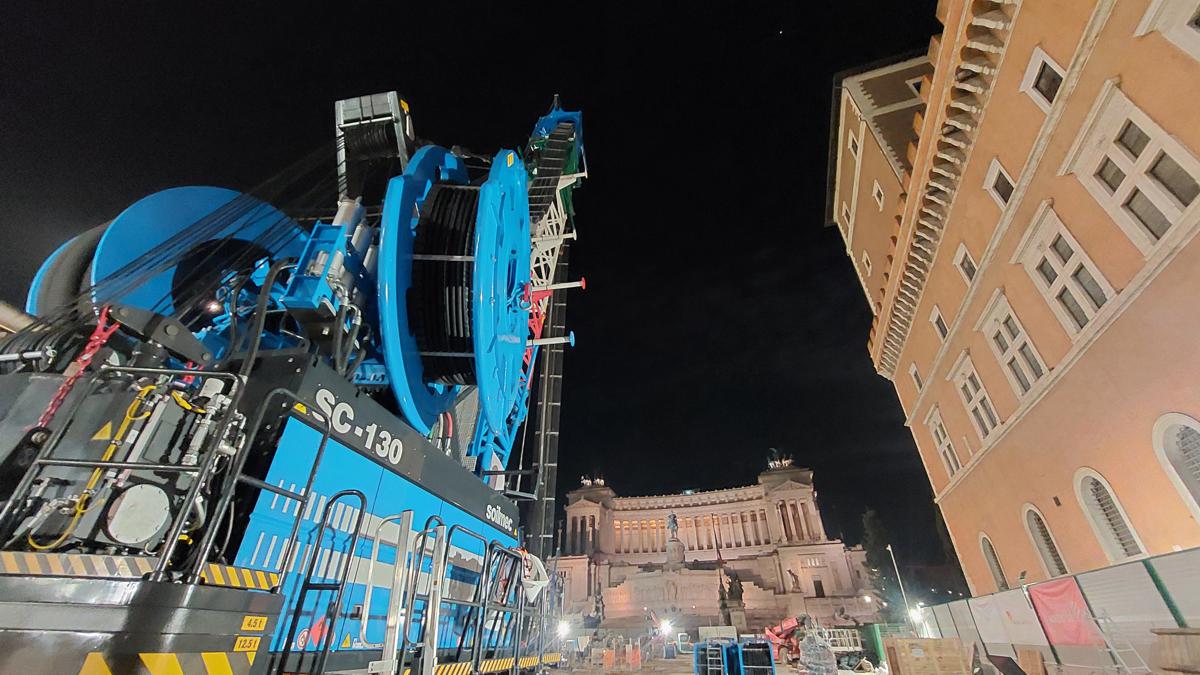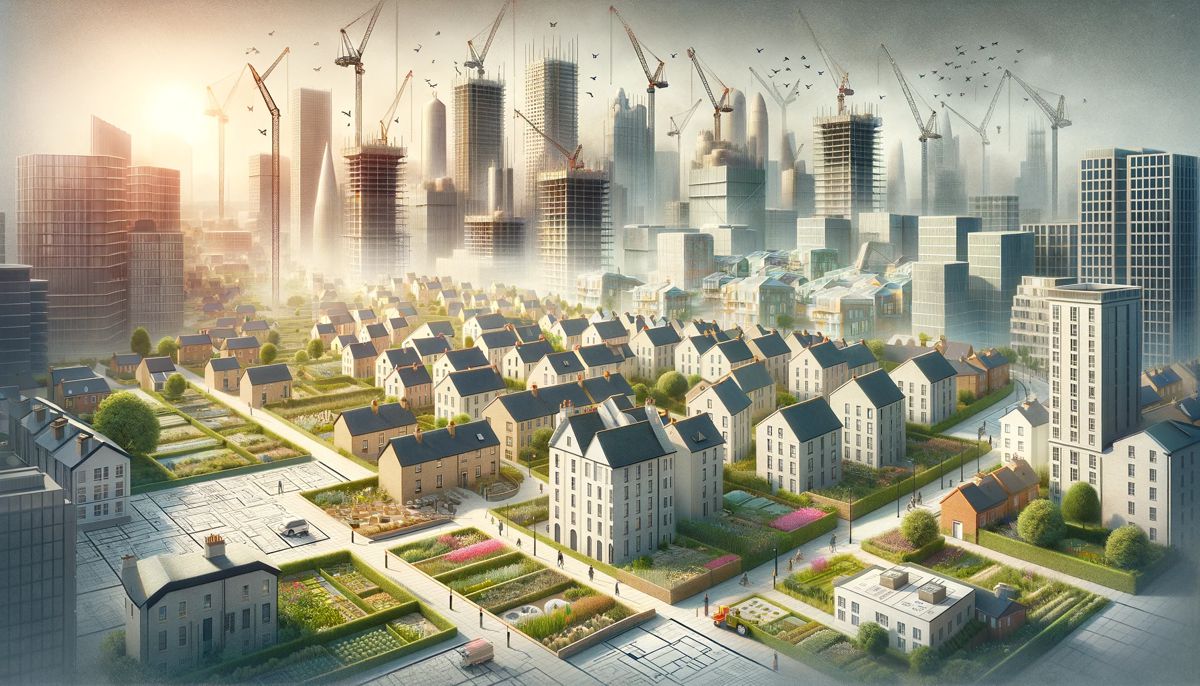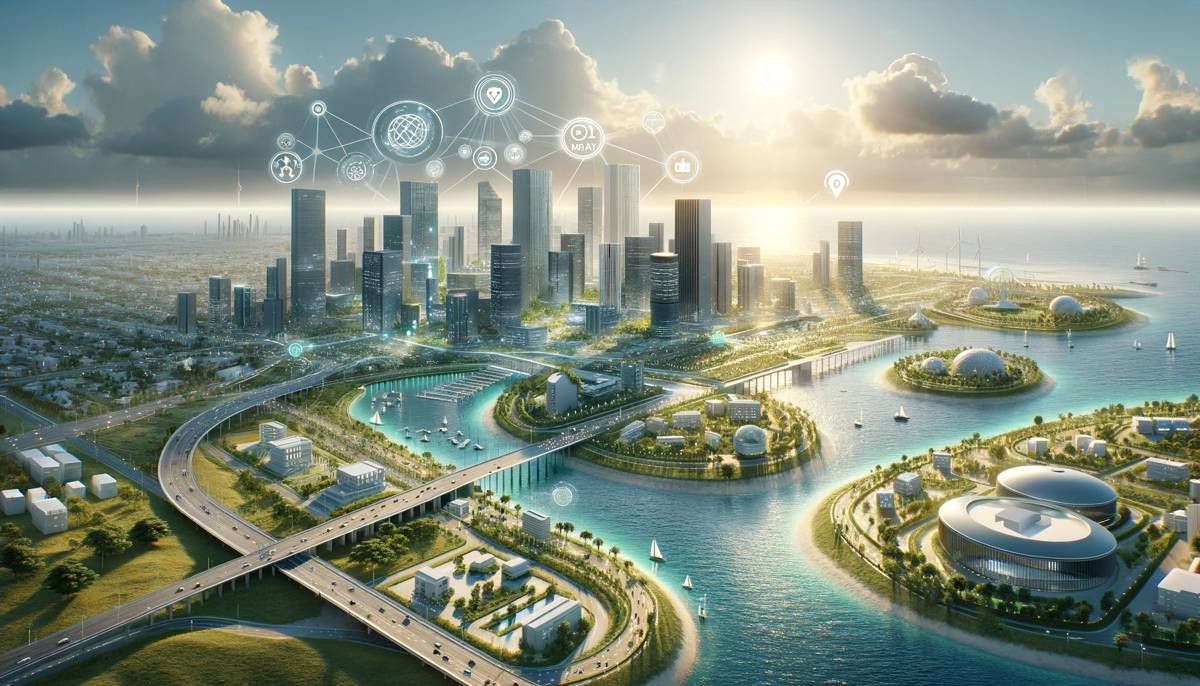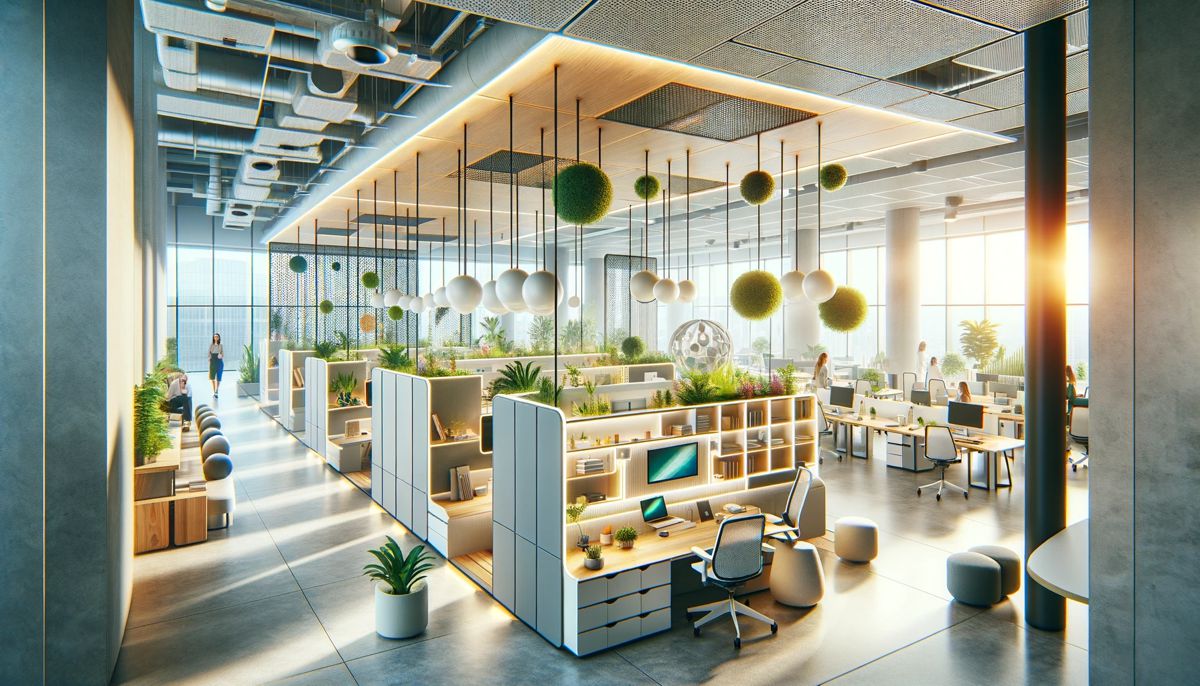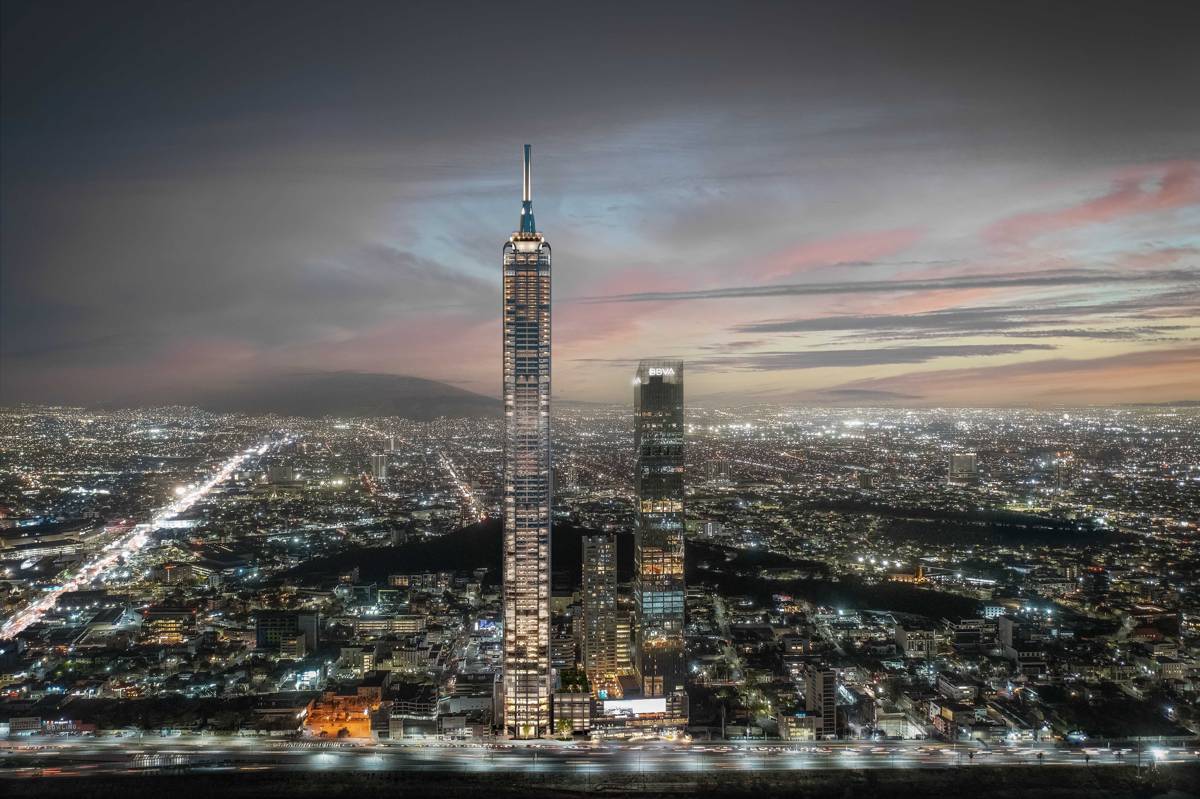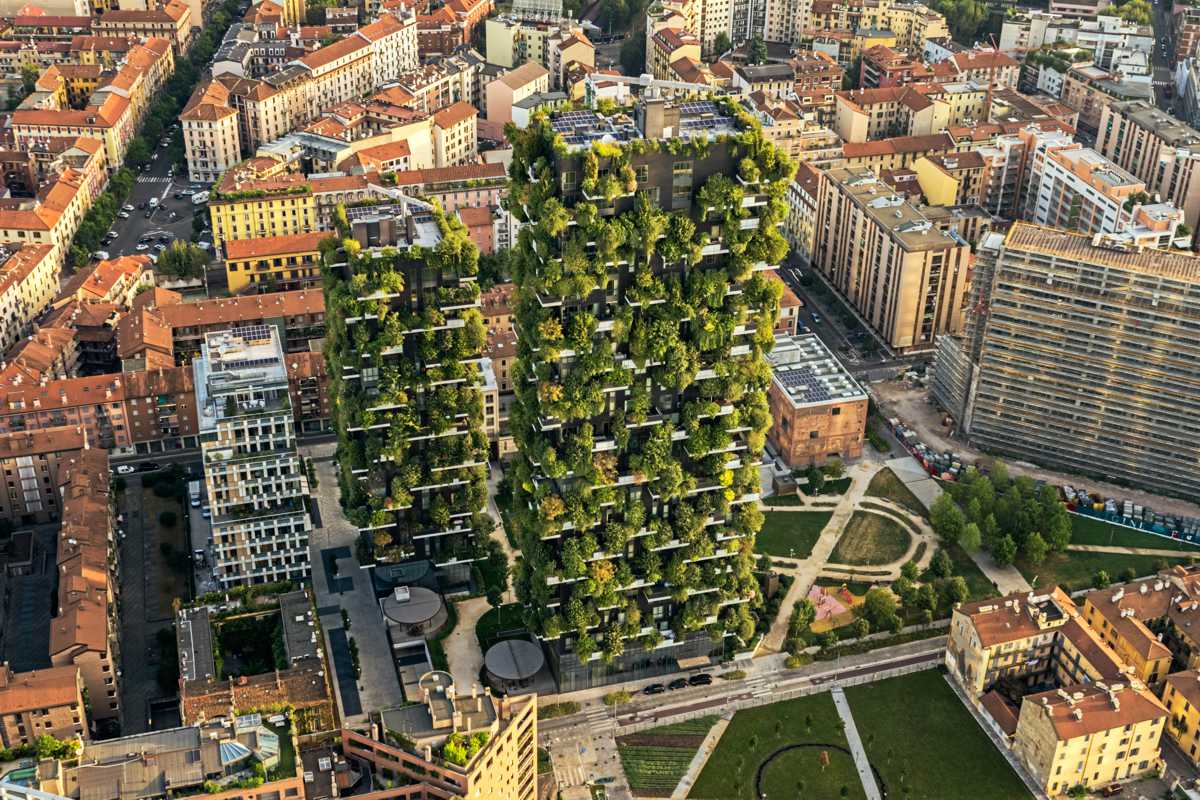Bicycle Architecture Biennale reveals how cycling will shape our future smart cities
The Bicycle Architecture Biennale (BAB) is a prestigious showcase of cutting edge, visually striking and high profile building designs that are facilitating bicycle travel and transforming communities around the world. The BAB launched on Monday 17th June in Amsterdam.
A total of 15 projects – from nine countries – form the biennale. Projects were selected on their ability to demonstrate how design solutions can go beyond the functional, and also lead to healthier lifestyles, more inclusive communities, a cleaner environment or a more sustainable economy. Organisers hope it will inspire new ways of thinking about how to create cities fit for the future.
The BAB was conceived and is run by BYCS, an Amsterdam-based social enterprise that works internationally to accelerate cycling progress. The curation of the projects was overseen by NEXT architects, an award-winning international firm with offices in Amsterdam and Beijing. The projects in the BAB are comprised of curated projects, along with – for the first time – projects selected from a global open call application. 11 of the chosen projects are fully constructed designs, whilst four are design concepts or plans. The exhibition is organized by three themes: Routes, Connections and Destinations. These themes reveal the variety of ways that cycling transforms people and places, and try to convey the balance between moving and staying that bicycle architecture employs to create thriving, livable places.
Bart Reuser, founding partner at NEXT, said: “We proudly present some amazing achievements in the field of bicycle architecture; the designs convey the balance between moving fast and healthily but also slowing down to create thriving, liveable places. Bicycle architecture can be used to experience the environment in the form of routes, to bridge barriers in the form of connections, and to create destinations where people and cultures come together. Most encouragingly, the selected projects not only come from places with mature cycling cultures but also from places that lack that ideal context but are still showing what is possible. That makes us hopeful that inspiring examples can arise everywhere.”
Selected projects include 4 from the Netherlands, a country still leading the global cycling movement, with around 43% of people cycling every day. Bicycle architecture there is helping to facilitate the ever-growing number of cyclists, and integrate cycling more seamlessly into every aspect of urban life. Projects include the ground-breaking bike parking at Utrecht Central Station, the largest in the world, soon with space for 13,500 bikes. Projects also come from communities where architecture performs a more inspirational role, revealing the many benefits of prioritising cycling if more support is given. This includes the iconic Bicycle Skyway that carries riders on an elevated 8km path through the city of Xiamen in China.
Maud de Vries, CEO at BYCS, said: “Cycling is much more than a transportation solution for cities. By improving mental and physical health, addressing air pollution and climate change and by bringing communities together in dynamic ways, it is also a powerful force for transformation. Every city or neighbourhood has the potential to become a success story through cycling. With this biennale, we want to offer the inspiration to make that happen, so we hope many cities will take up the offer to host the BAB on its international tour.”
The BAB will form a flagship event at WeMakeThe.City, Amsterdam’s multi-venue citymaking festival. It is on display at Circl, in Zuidas from 17 to 21 June. It will then tour internationally at major architectural and citymaking events. Cities or organizations that wish to stage the BAB in its two year run are encouraged to contact BYCS.
All projects are available to view in the BAB online gallery.
Projects selected for the BAB 2019/20:
- Cycling and pedestrian connection by Batlle i Roig (Barcelona, Spain)
- Coffee & Bikes by BureauVanEig/Biq (Delft, the Netherlands)
- Curtin Bike Hub by Coniglio Ainsworth Architects (Perth, Australia)
- Xiamen Bicycle Skyway by Dissing+Weitling (Xiamen, China)
- Cycling through water by Visit Limburg, Lens°Ass Architects (Limburg, Belgium)
- Biggest bicycle parking in the world by Ector Hoogstad Architects (Utrecht, the Netherlands)
- Cycling through the trees by BuroLandschap (Limburg, Belgium)
- Nelson St Cycleway by Monk Mackenzie, LandLAB, GHD (Auckland, New Zealand)
- Ölhafen Bridge by Schneider+Schumacher (Raunheim, Germany)
- Upside Down Bridge by Nooyoon (New York, USA)
- Nørreport Station by COBE and Gottlieb Paludan Architects, Sweco (Copenhagen, Denmark)
- RheinRing by SPADE (Cologne, Germany)
- Radbahn Berlin by Paper planes e.V. (Berlin, Germany)
- Bike Parking Canopy by NL Architects (The Hague, The Netherlands)
- Melkwegbridge by NEXT Architects (Purmerend, The Netherlands)
Important dates
- Exhibition – 17 – 21 June / Circl, Gustav Mahlerplein 1B, 1082 MS in Amsterdam
- Opening event – 19 June 13:30 – 16:00 / Circl, Gustav Mahlerplein 1B, 1082 MS in Amsterdam



